Ping G425 Vs Mizuno JPX921 Hot Metal Irons Review & Specs 2023
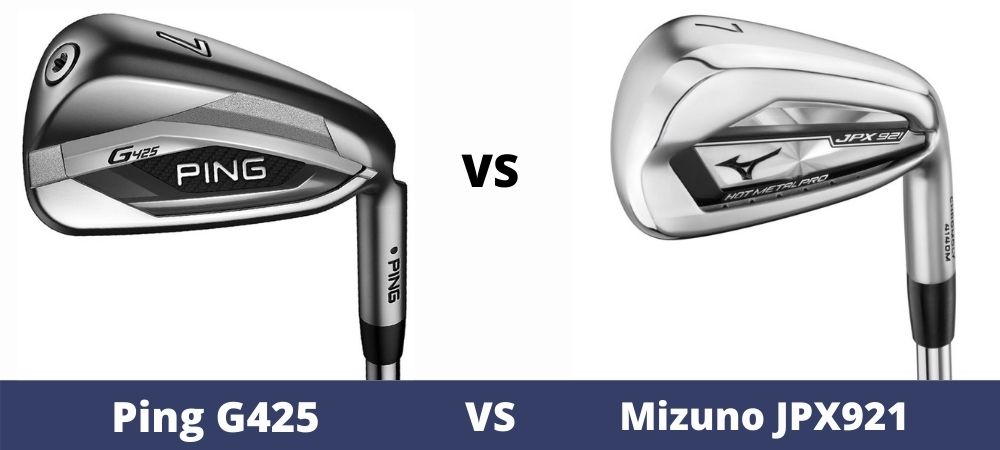
There are a some irons that straddle the line between tour grade and the game improvement category. Some would say that the two iron sets that are the subject of today’s review are two such sets that blur the lines.
And with good reason. Brooks Koepka has used one of these sets to great success despite the fact that they are marketed more towards amateurs.
In any case, we wanted to take a closer look at these two iron sets to see how they stack up against each other. Read on to see what we found.
Overview Of Both Iron Sets

The Mizuno JPX921 Hot Metal irons are the 3rd of their generation.
They are also the third iteration of Hot Metal irons to utilize Chromoly steel which, is an alloy steel that combines chromium and molybdenum.
Chromoly is said to be a highly resilient steel that allows for superior flexing.
The Ping G425 irons are the latest in a long line of G irons that have become known for their forgiveness.
With the G425, Ping has shrunk the blade size a bit from the last entry in the G series to give these clubs more of a player profile.
Ping G425 Key Features
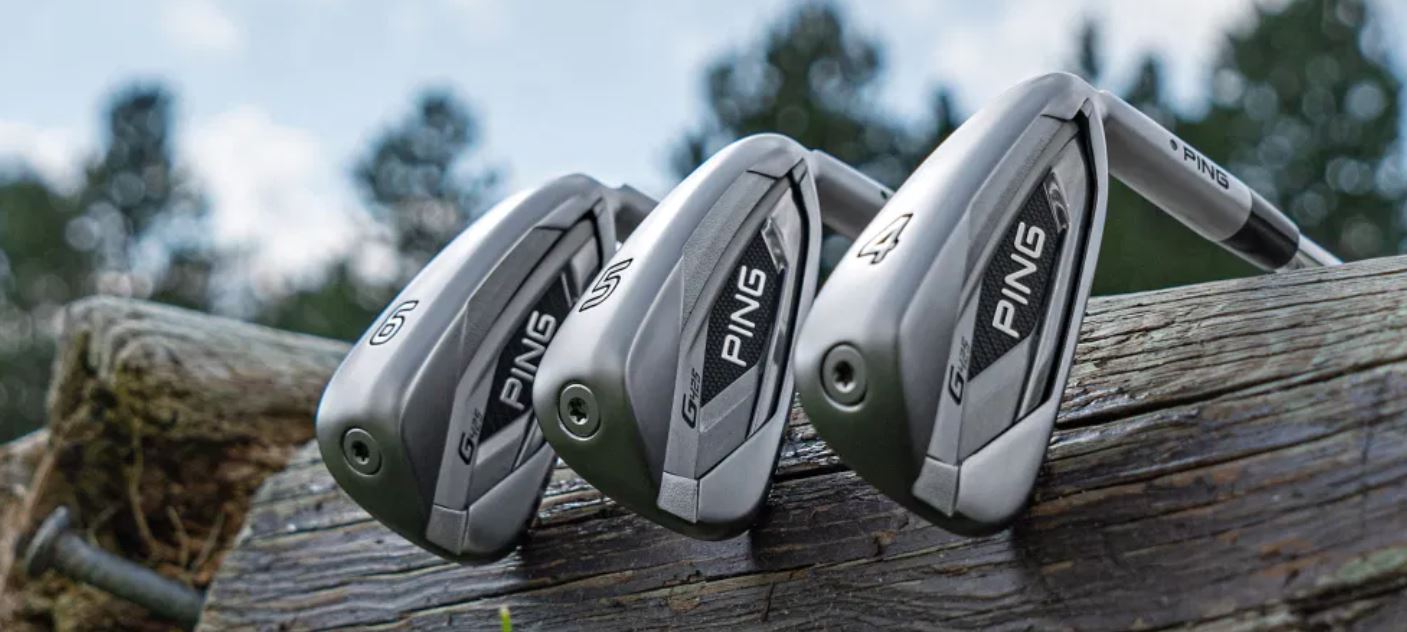
The Ping G425 irons features a metal-wood style face made out of 17-4 stainless steel.
The thin steel coupled with the top undercut allows the face to function like a hinge – producing a high degree of flex and ball speed.
Ping has also pushed the boundaries of perimeter weighting with tungsten in the hosel and toe.
Mizuno JPX921 Hot Metal Irons Key Features
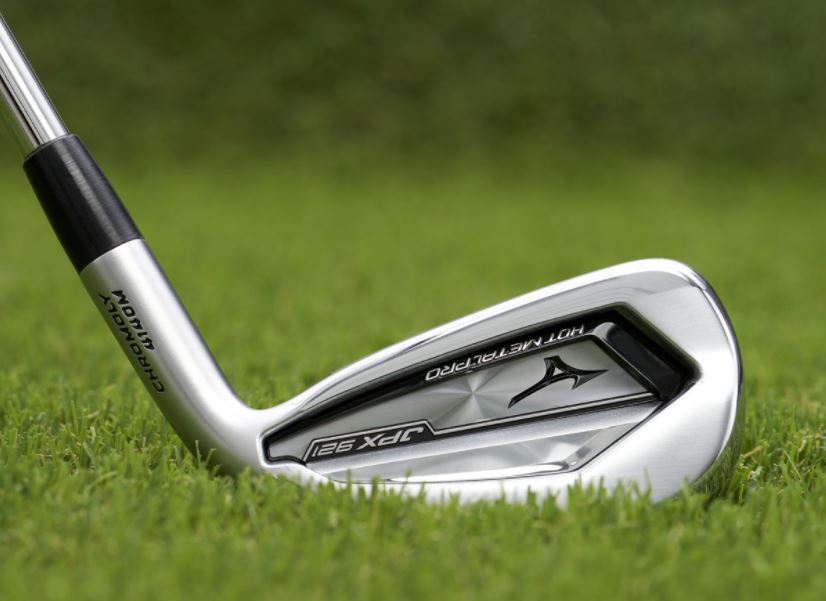
The star of the show here is the Chromoly alloy that flexes and recovers with lightning speed.
These irons also feature a cup face architecture which, expands the borders of the sweet spot.
There are also sound ribs in the head of these irons that produce a low, satisfying sound on impact.
G425’s Vs G410’s
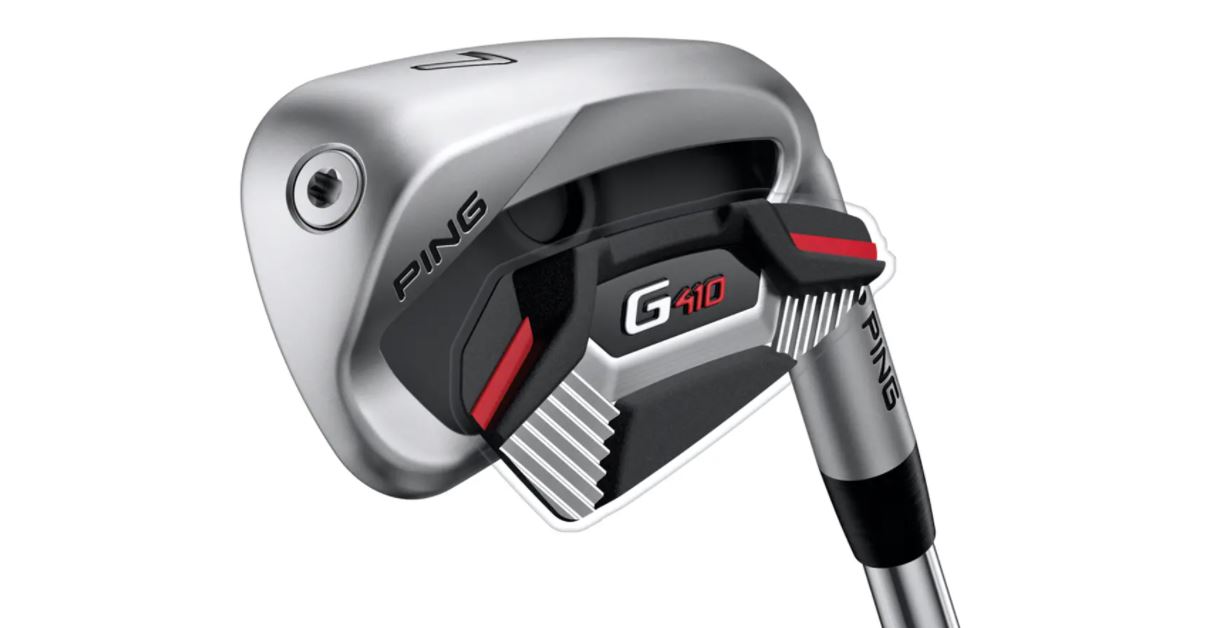
The G425 irons are the successor to the G410’s. The first thing you will notice is that the G425 blade length is slightly shorter than the 410’s.
This gives them a more premium, player’s profile. The badge design has been streamlined as well but as far as distance goes, there is little difference between the 2 models.
Mizuno JPX921 Hot Metal Vs. 921 Hot Metal
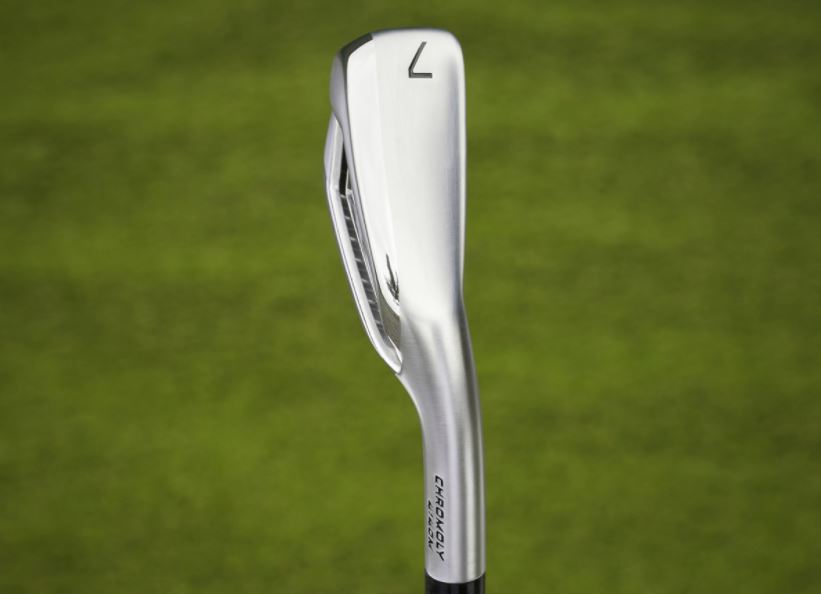
The Mizuno JPX921 Hot Metal irons have come a long way from the 919 model. For one thing, they play longer.
They feature stronger lofts for more precise approaches and better control in face of hazards.
The steel feels more refined as well; affording softer, gentler feedback.
Loft Comparison
Mizuno JPX921 Hot Metal Loft |
Ping G425 Loft |
|
4 Iron |
19 |
20.5 |
5 Iron |
22 |
23.5 |
6 Iron |
25 |
26.5 |
7 Iron |
29 |
30 |
8 Iron |
34 |
34.5 |
9 Iron |
39 |
39.5 |
Mizuno JPX921 Hot Metal Options
- Aerotech Steelfiber i110 Graphite shaft
- KBS $-Taper Black PVD Steel shaft
- KBS $-Taper Chrome Steel shaft
- KBS $-Taper Lite Chrome Steel shaft
- KBS C-Taper Steel shaft
- Nippon N.S. Pro 950GH NEO Steel shaft
- True Temper AMT Tour White Steel shaft
- Stiff, extra stiff and regular flexes
Ping G425 Options
- PING Alta CB Slate shaft
- PING Alta Distanza Black 40 shaft
- PING AWT 2.0 shaft
- True Temper Dynamic Gold shaft
- True Temper Dynamic Gold 105 shaft
- KBS Tour shaft
- Nippon N.S. Pro Modus 3 105 shaft
- Project X LZ shaft
- True Temper Elevate 95 shaft
- Soft regular, regular, stiff and extra stiff flexes
Length & Lie Comparison
Mizuno JPX921 Hot Metal Lie/Length |
Ping G425 Lie/Length |
|
4 Iron |
60/38.5” |
60.5/38 7/8″ |
5 Iron |
60.5/38” |
61/38 ¼” |
6 Iron |
61/37.5” |
61.5/37 5/8″ |
7 Iron |
61.5/37” |
62/37” |
8 Iron |
62/36.5” |
62.8/36 ½” |
9 Iron |
62.5/36” |
63.5/36” |
Who Is Each Set For?
Both of these iron sets are geared more toward mid to low handicappers looking to improve scoring but the Mizuno JPX921 Hot Metal will be better suited for players looking for a premium feel.
If forgiveness is your main priority, check out the Ping G425’s and if you want to add some backspin to your shots to stop them dead on the green, you are probably looking at the Mizunos.
Composition Comparison
The G425’s feature an aluminum and elastomer rear badge which, helps to dampen sound and vibration while the Mizuno JPX921 Hot Metal irons rely on the softer feel of the Chromoly material.
The Ping G425 also rely on tungsten weighting while the Mizuno JPX921 Hot Metal are built with toe bias.
Performance Comparison
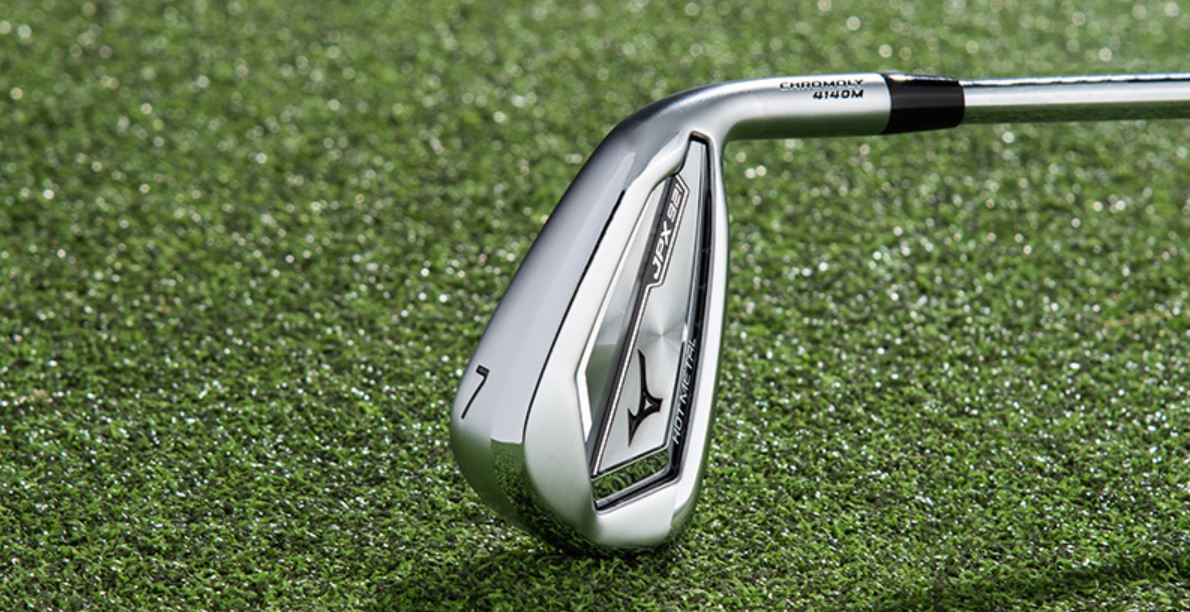
Without question, the Mizuno JPX921 Hot Metal are the better feeling irons.
The internal ribbing coupled with the Chromium alloy gives them a feel that’s hard to beat.
The Ping’s have stronger lofts though and performed better on approaches because they drop hot and bite the green.
Price Comparison
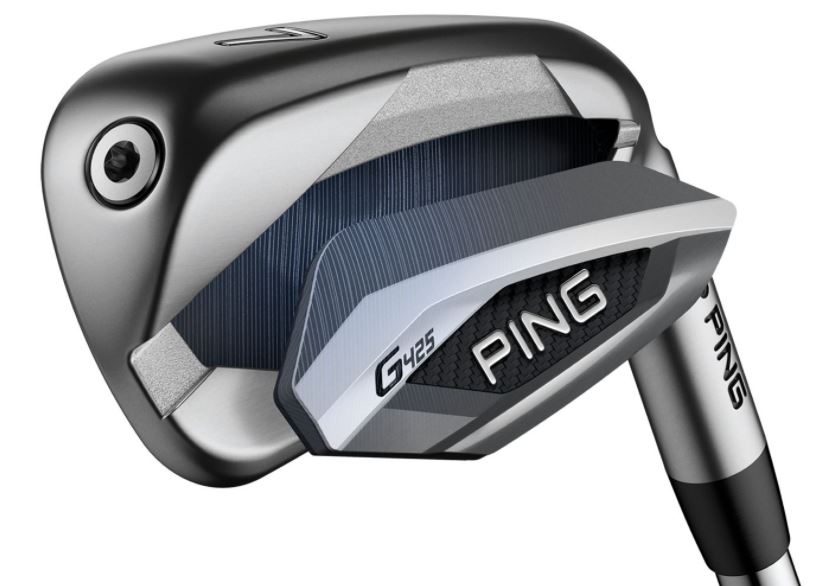
A complete set of Mizuno JPX921 Hot Metal irons can run you anywhere between $700 and $1,000 depending on the retailer and the shaft.
The Ping G425’s can be had for anywhere between $750 and $900.
Mizuno JPX921 Hot Metal Pros & Cons
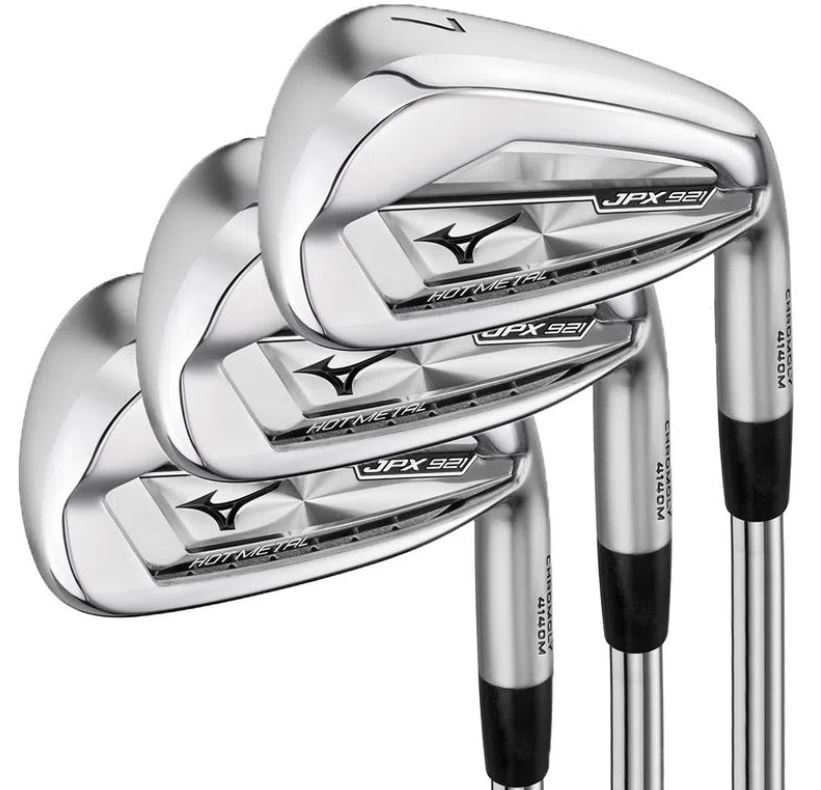
Pros:
- Softer feel
- Faster ball speeds
- Slightly more affordable
- Compact head design
- Tapered sole design
- Large sweet spot
Cons:
- Not for low handicappers
- Weaker lofts
- Lesser spin control
- Played slightly shorter
Overall Score: 93/100
Check Out More Reviews Here:
Ping G425 Pros & Cons
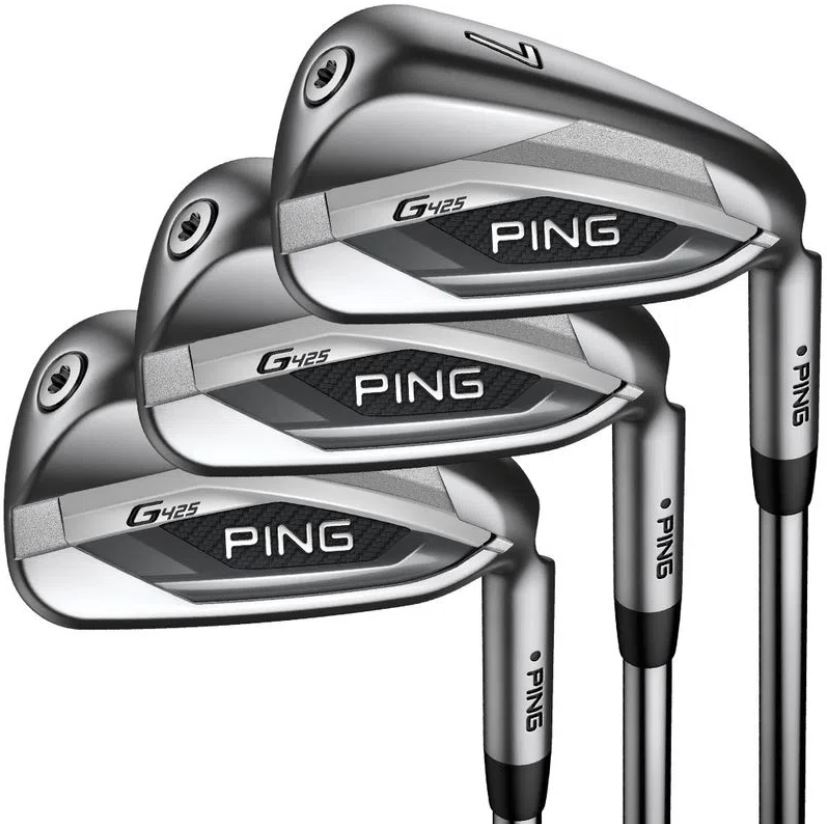
Pros:
- Many custom shaft options
- Notched hosel
- Very high MOI
- Very forgiving
- Stronger lofts
- Standard Arccos Caddie smart grips
Cons:
- Few improvements over the G410’s
- Harsher feel
- Not great for shorter players
- A bit heavy
Overall Score: 95/100
Check Out More Reviews Here:
Final Assessment
The Ping G425’s still stand out over the Mizuno JPX921 Hot Metal irons because they play longer, provide higher launch angles and most importantly; they provide more accurate control around the green.
The Mizuno JPX921 Hot Metal have the G425’s number in terms of feel and affordability but these factors won’t influence your score as much as length and accuracy will.
The Ping G425’s are our pick for overall performance so check them out if you need a set of quality irons.



